Arylic A50+ AirPlay Digital Amplifier (review)
One category we don’t feature for review purposes on this website is AirPlay-compatible devices. With AirPlay 2 devices you’re a little limited in terms of HomeKit, but it’s not even on the same page when it comes to products that use the original iteration of AirPlay. Still, there are ways of getting these devices to work via Siri Shortcuts, and in today’s review, we’re looking at a digital amplifier that offers AirPlay (1) functionality, but one that still offers a lot, especially if your household is a mix of iOS and non-iOS devices, or if not everyone in the home uses Apple Music, and has opted for Spotify or Tidal, for example.
If AirPlay 2 is the only thing you’re considering right now (understandably), I wanted to save you the time reading this review, as the Arylic A50+ uses AirPlay 1 only. This means no multiroom audio, basically.
PACKAGE/CONTENTS
Having never really heard of Arylic before, I wasn’t sure what to expect when the company contacted me about the possibility of reviewing their A50+ digital amplifier. It wasn’t something that particularly interested me if I’m honest, but after one look at their website, I felt they were definitely worth a closer look.
The box gives you all the info you need and is solid, which is just as well, given the amp is rather nice, and although could stand a knock or two, the perspex front might not fare so well. The rear of the box really goes into more details for those of a more detailed bent;
- Audio System
- Speaker Power – 24V 40hm 50W *2 / 24V 80hm 30W *2
- Speaker Impedance – 4-80hm
- Audio Format – MP3/AAC/AAC+/ALAC/APE/WAV/FLAC
- Audio Decoding – Up to 24bit/192KHz
- I/O Interface
- Audio Input – Analog RCA, Digital SPDIF Optical
- Audio Output – Speaker out
- Wireless network – IEEE802.11 b/g/n 2.4G
- LAN – 10/100M RJ45
- Bluetooth – 5.0
- USB Host – Play USB Music
- Micro USB – Connect to PC/Mac
- Power Input – 24V/4 16A
- Music sources
- Spotify, Deezer, Tidal, Qobuz, Amazon Music, Napster, Internet Radio, TuneIn, iHeartRadio, QQ Music*
- Music stored on mobile phone, tablet
- iTunes music stored locally on iOS
- NAS (Network Attached Storage)
3rd Party Streaming Software (DLNA compliant)
USB disk drive
* Although Apple Music isn’t listed, you can still play music from some Apple Music-capable devices (iPhone, iPad, Mac computer) via the AirPlay option.
So as you can see, the A50+ is quite a capable device, as long as you have decent speakers to pair with them. In my home I own a pair of Fostex studio monitors, although they are powered, so they aren’t able to work with the A50+, so Arylic also kindly provided a pair of satellite speakers so I could test the amp out. Just to be clear, I am only focussing on the features of the amp in relation to how it can work in your smart home, as opposed to the finer details of its audio capabilities, as I’m not an audiophile capable of giving you an expert opinion on this part of the product.
The box packs a hell of a lot of content, as you can see above. In addition to the amplifier, you get a rather large power brick that uses an IEC socket and power cable, with the power brick connecting to the amp with a coaxial plug.
You get a manual in English, a couple of stereo cables – stereo phono to phono, and stereo phono to quarter-inch jack plug. A single Phoenix speaker connector that you wire your speakers up to, and then plug into the back of the amp. There are two antennae, one of which helps with the 2.4GHz WiFi connection, and the other for the Bluetooth 5.0 signal. I should note that the A50+ can work without either of these, although you’ll get a better reach with them for your WiFi or Bluetooth signal with them in use. The final two pieces are a fairly standard-looking IR remote control, and a screwdriver for use with the Phoenix connector.
THE AMPLIFIER
The A50+ is really quite minimalist looking, with an aluminium casing, and a black plastic front section, that only reveals the Arylic logo when turned off. If it’s powered up, the right-hand side has a small LED that displays different colours, depending on what audio-in mode it’s set to. The opposite side is home to an IR receiver that works with the IR remote, although you can’t really see it.
The rear is a totally different story, with a raft of inputs, supplemented by a couple of output options;
- Stereo line-in along with a subwoofer output
- Optical audio in for a digital audio input
- Micro USB to connect to your computer
- A USB port for connecting a USB stick or external HDD
- An Ethernet port, for a wired connection
This is in addition to the coaxial port for power, the connectors for the two antennae, the socket for the Phoenix connector, and a mode button that can also be used to reset the amp.
THE REMOTE CONTROL
The A50+ comes with a pretty well feature IR remote control that does pretty much everything required. It has the basics, like power and audio mute buttons, as well as a separate button to turn the mode LED on or off. You then have individual buttons for the different input methods – USB, Aux-In, Optical in, Bluetooth, and WiFi. This last option includes connections for both wired and wireless connections and is also the connection used for AirPlay.
You then have buttons to control the bass and treble levels, as well as a ‘deep bass’ button, and a ‘Flat’ button, which resets the audio to its flat positions.
Finally, you have six numbered buttons that allow you to call up presets, which are part of the 4Stream app’s ‘Favourites’ playlist feature.
All in all, along with the remote, visually, I quite like the look of the A50+, with a build quality that’s really a lot better than expected. It feels well put together, with no feeling of loosely put-together sections, and all parts exuding that old-school ‘Cottage industry’ amp manufacturer feel. Does it do what it’s meant to, however? Let’s see (or hear…).
THE 4STREAM APP
There’s no need for you to create an account with the 4stream app, and once the amp is plugged in, it will eventually be detected by the app, where you’ll then go through the process of adding it to your WiFi network, although if you opt for the wired option, it will discover the A50+ even faster. The app is ultimately designed to be used with an array of third-party streaming platforms initially and is also designed to work with multi-room audio from Arylic themselves, using their own amps.
The home page has three tabs – Browse, Device, and Settings. The main page gives you access to preset content/favourites, library items – music on your phone or devices connected to the amp, and music streaming services.
The Devices page shows any devices connected to the app, which in my case is the A50+. If you have other products from Arylic or even other manufacturers that use the same app, you can add them here. Clicking on the device reveals a more detailed screen with the track timeline, track details, and the usual play/pause/skip buttons, as well as volume controls.
The streaming services you can access directly from within the app include TuneIn, Pandora, Deezer, iHeartRadio, Spotify (Connect), Tidal, Napster, Qobuz, QQFM, QQMusic, and Amazon Music. For all these services you need to sign in/sign up in order to access them, as standard. On the main screen, you can also control the audio input source.
APPLE MUSIC
With AirPlay you can stream audio from your phone, and as seen here, I can directly stream from my music library on my phone. In this case, I’m using the AirPlay tile in the Control Centre to quickly access my music and from there stream to the A50+.
You can also do the same within the Apple Music app, where both AirPlay and AirPlay 2 devices are available.
AirPlay isn’t restricted just to music of course, and in the instance above, I can stream audio from a YouTube video on my iPhone directly to the A50+ or any other AirPlay device.
The same applies to any Apple device capable of streaming, which includes Apple computers; I have a late 2012 iMac running macOS Mojave and I’m able to stream to AirPlay devices including the A50+, and a 2019 iMac running macOS Monterey also capable of the same. This says a lot for Apple’s commitment to AirPlay in general but also to AirPlay 1 and its continued support. That’s not to say that AirPlay 2 isn’t superior of course, which it is, but for those that don’t require multiroom audio, AirPlay still works very well compared to Chromecast in my opinion.
To go one step further, the A50+ can be used in combination with your Apple TV as a temporary audio output, although as already outlined, if you choose the A50+, you can’t choose other AirPlay devices at the same time.
IN DAY-TO-DAY USE
Having used this on and off in a small box room for the past 6-7 weeks, whilst it’s hard to really judge the audio quality of the products outputs – which I’m really not qualified to speak on – it has performed just as well as any other AirPlay product in the home. That it’s not an AirPlay 2 device is a minor issue for me, as in all honesty, my own music tastes aren’t shared by the other members of the home, and so multiroom audio isn’t something I tend to use, although having used the multiroom feature in the past, I can easily see why people like it, and would be a reason to pass on this device. I think where this has its uses is in a home where not everyone uses either the same streaming services or even have different devices that they might want to connect to the amp – Android phones for example. It’s equally hard to fault the ton of input options the A50+ offers, and as this is a digital amp, not an AirPlay speaker, you’re really mostly just limited by the size and quality of the speakers you attach to it.
The one issue I did find was with the remote control and its varied reliability when it comes to the play/pause/skip functions; In practice, these all work regardless of whether you’re streaming from your iPhone, a USB stick, or your Apple computer, but I found some options worked more accurately with the remote buttons than others. with some situations resulting in a long delay when pressing the pause button, to the extent that you end up pressing the button again, only for the amp to finally catch up, resulting in it continuing to play…
That all aside, the build quality is really something else, and it really did go beyond what I was expecting, despite what I initially saw on the company’s website. As I favoured a wired connection in my tests, I found no issues with connectivity at all, although, in the early stages of testing, I did connect the amp using WiFi, and didn’t really notice any issues there either.
The bottom line here is if you have some decent spare audio speakers lying around and want agnostic streaming options, you could do a lot worse. If, on the other hand, you’re all in on multiroom audio, the A50+ is not for you. It’s really that simple for the most part.
You can purchase the Arylic A50+ Digital Amplifier direct from Arylic.com with 5% OFF any purchase using the code NEW003 and free shipping for any purchase over US$90.00.
Full disclosure: Arylic provided HomeKit News with Arylic A50+ AirPlay Digital Amplifier for the purpose of this review. No other compensation was made, requested or has not in any way influenced our opinion of this product.


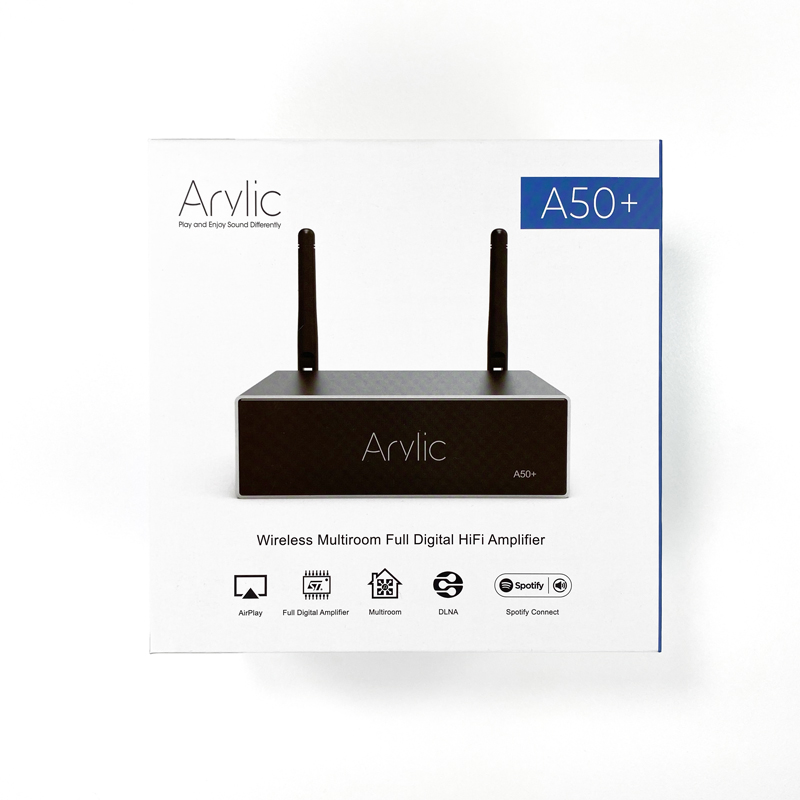
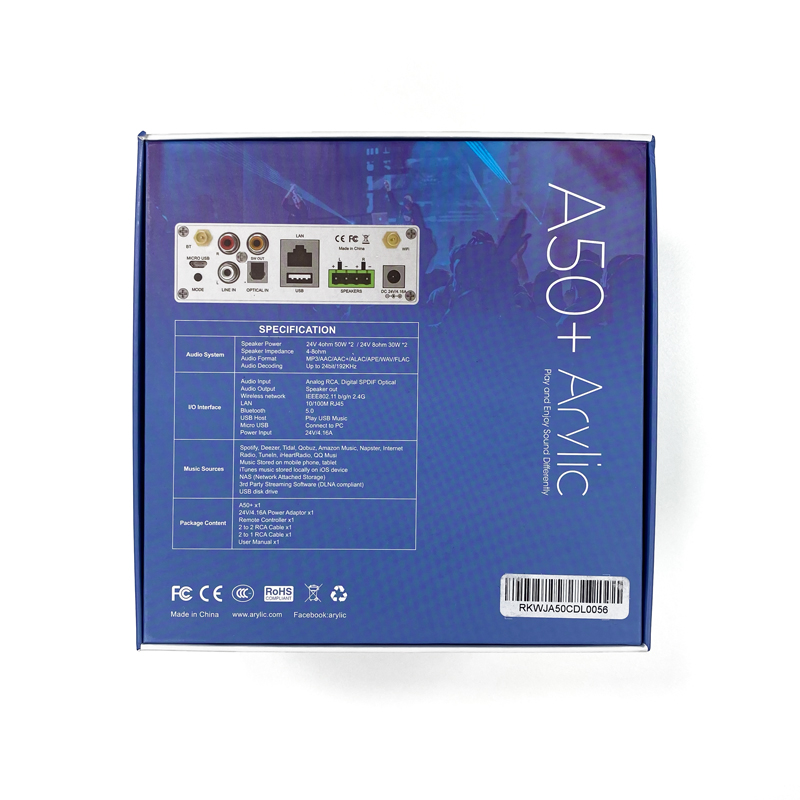
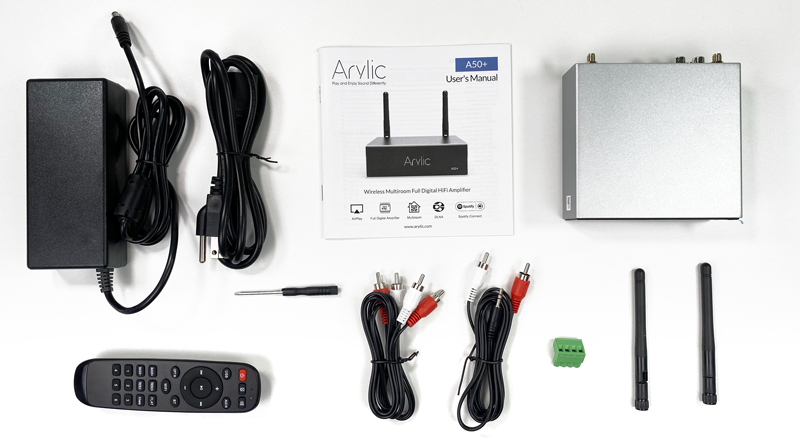

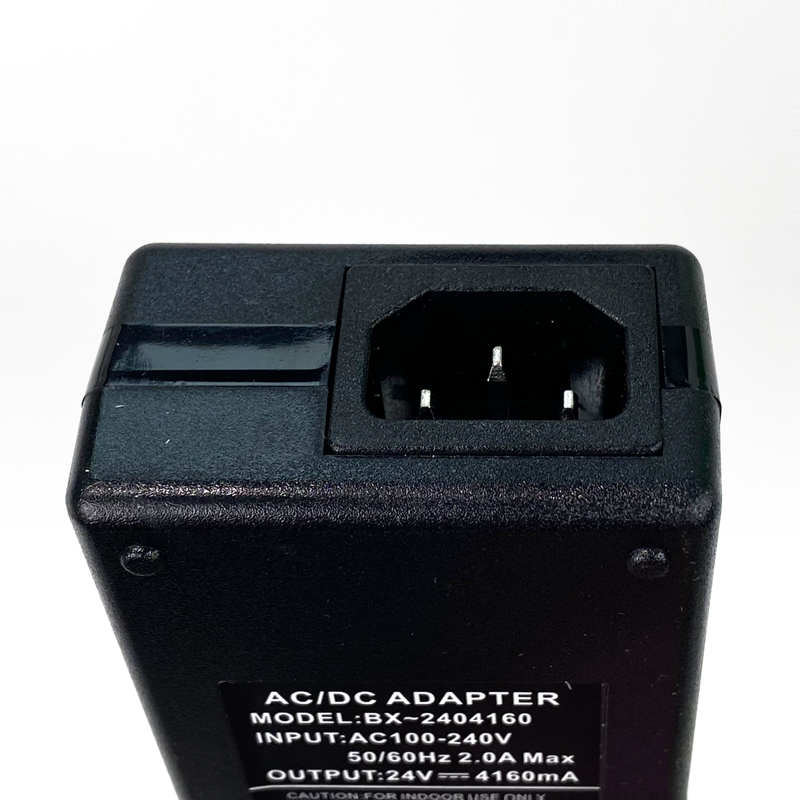

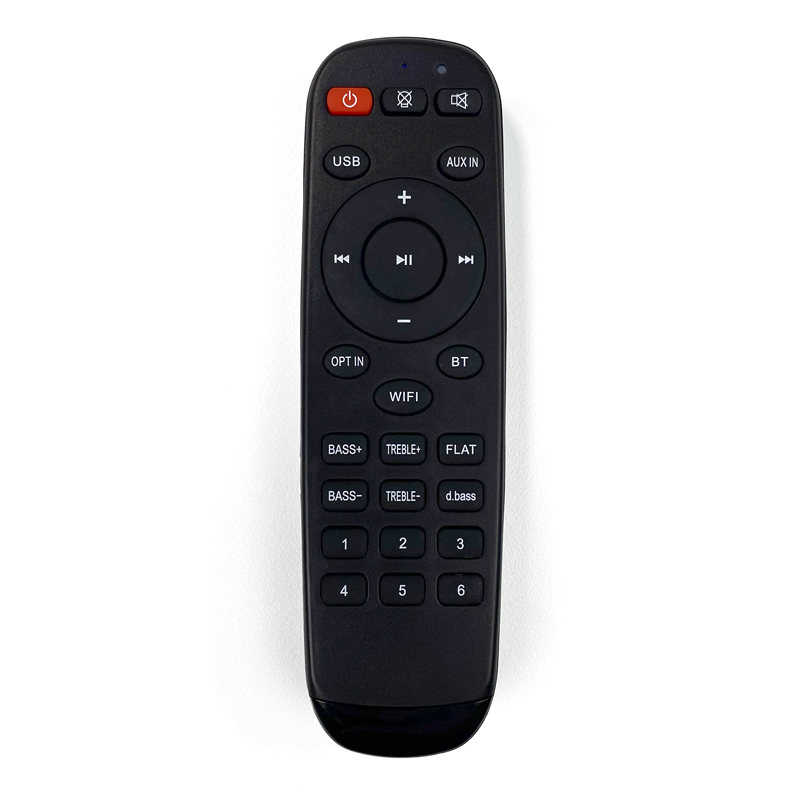
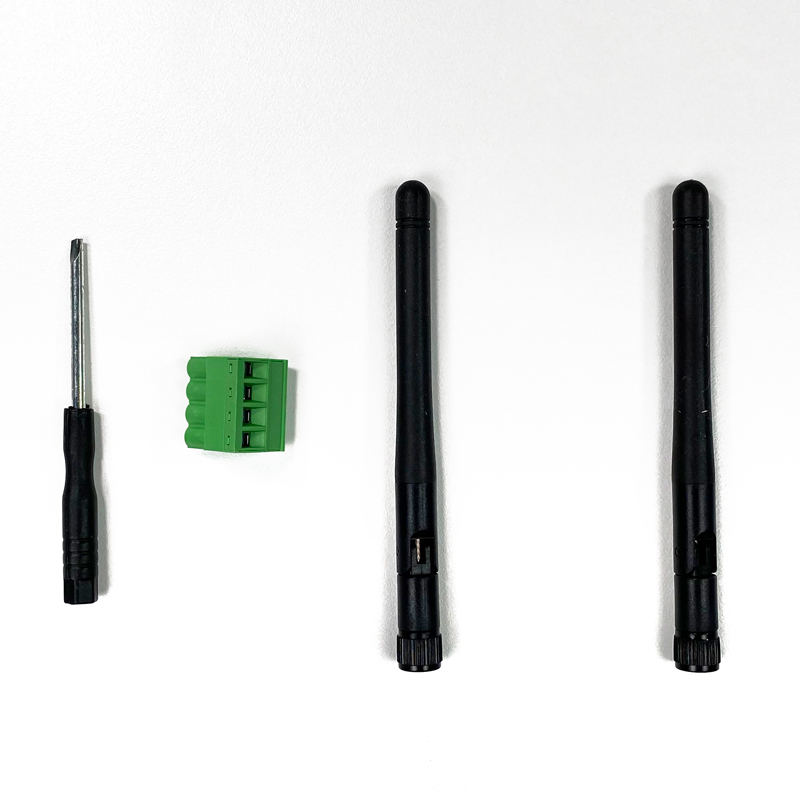

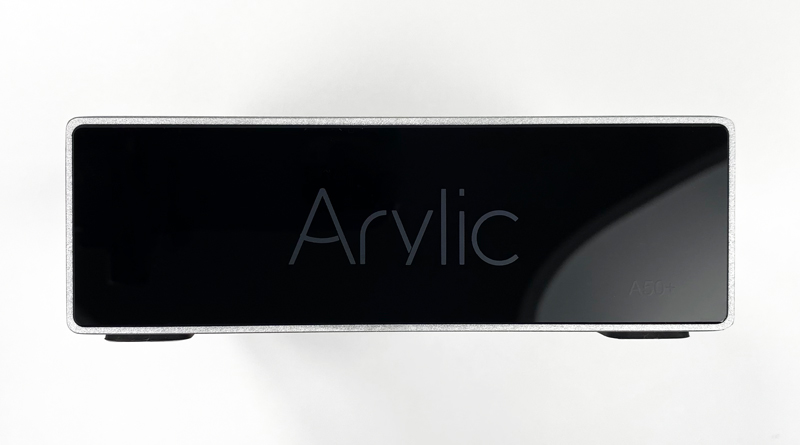
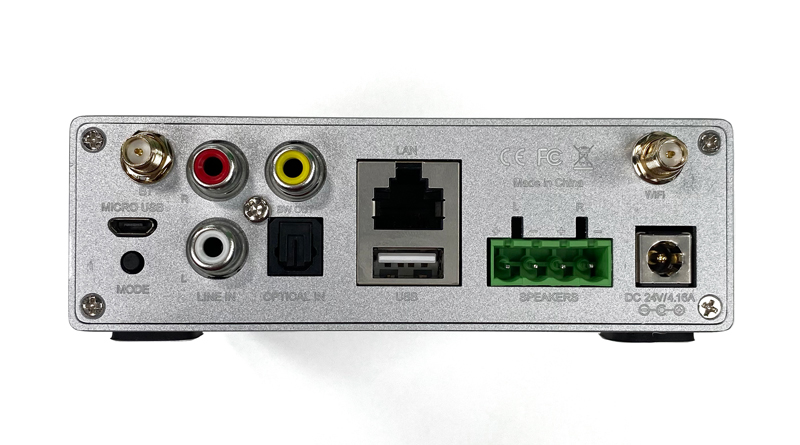


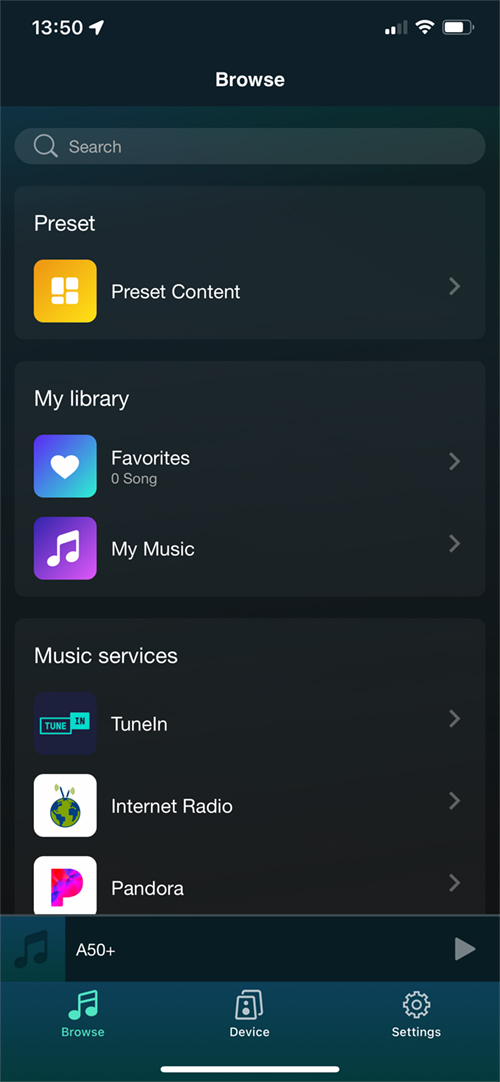
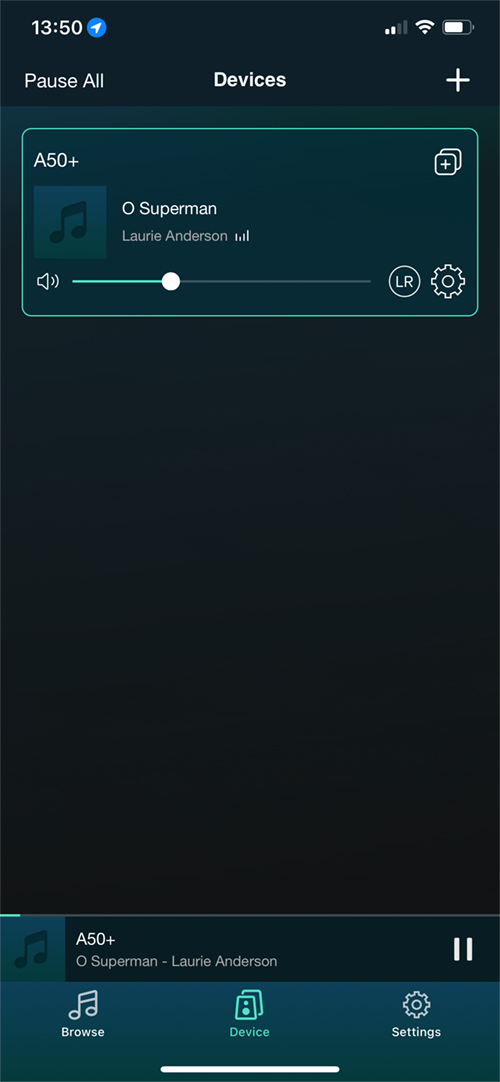



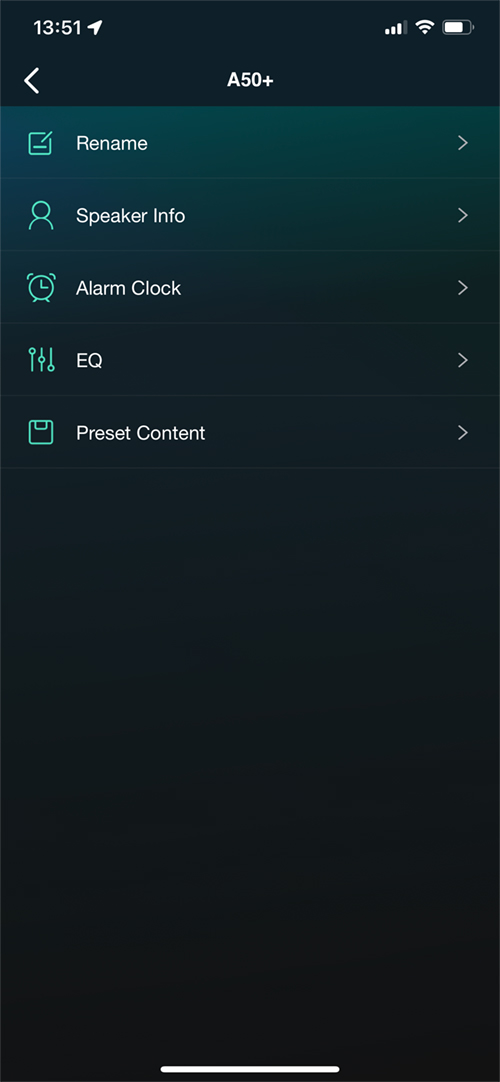
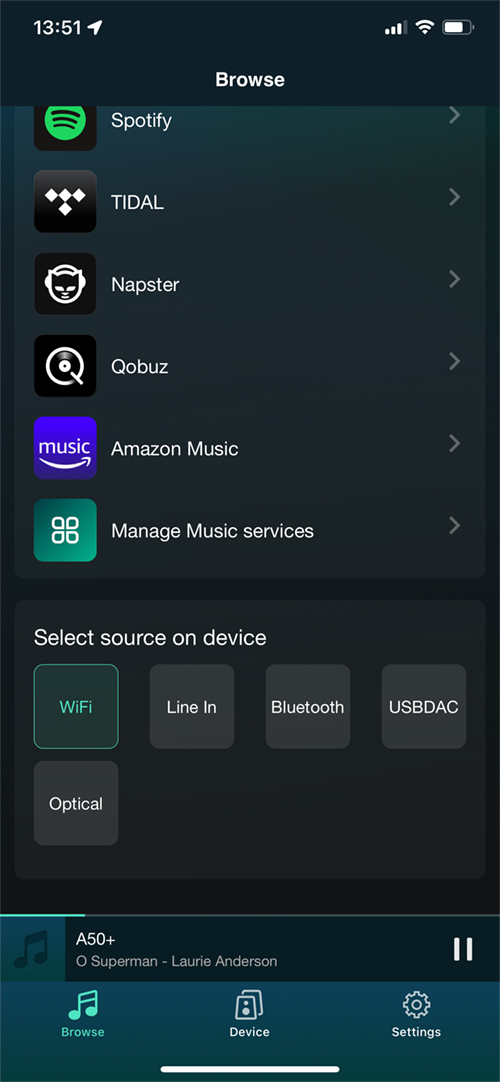
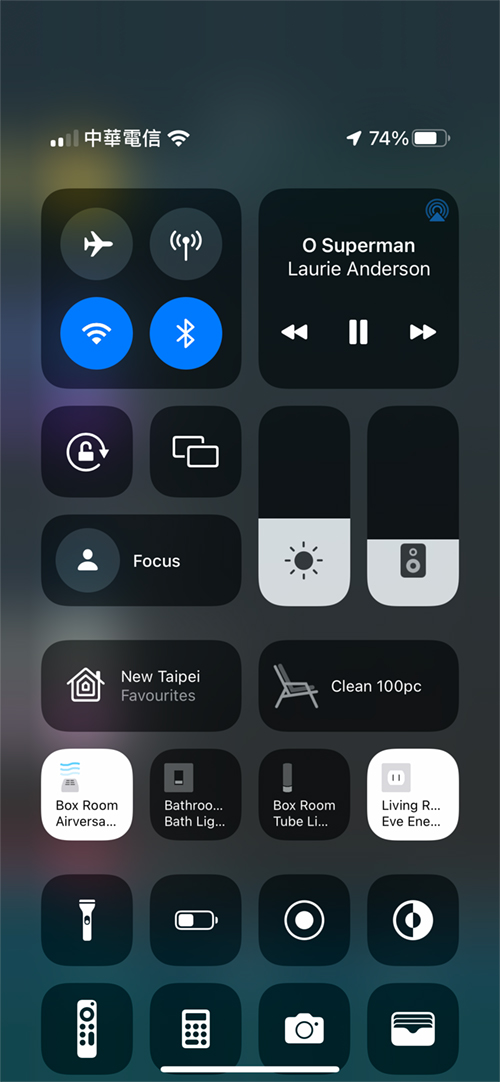




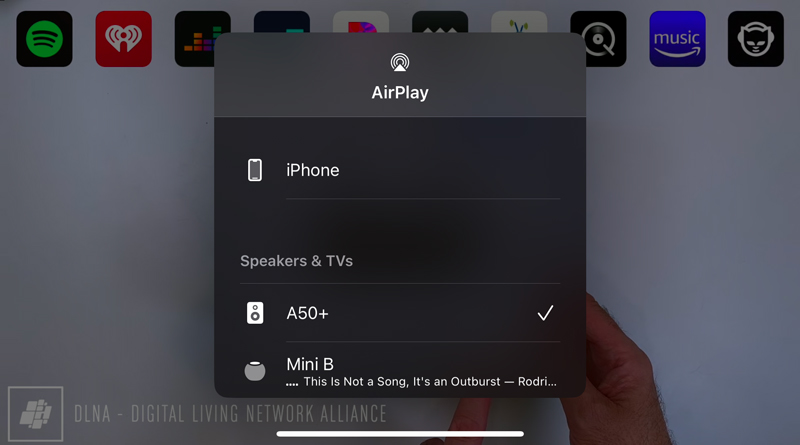

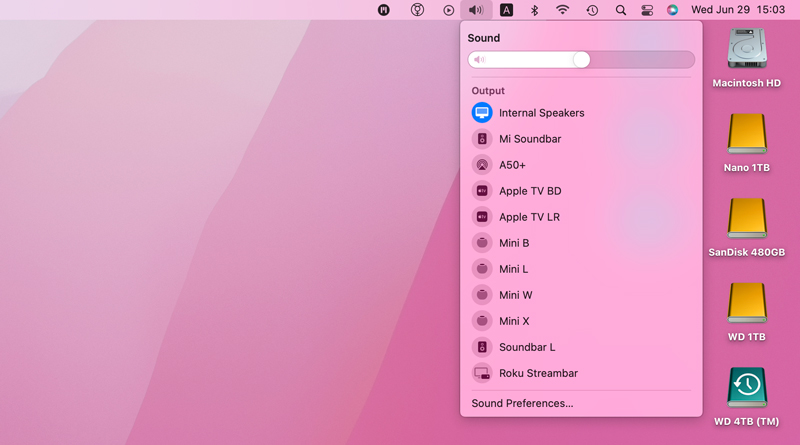


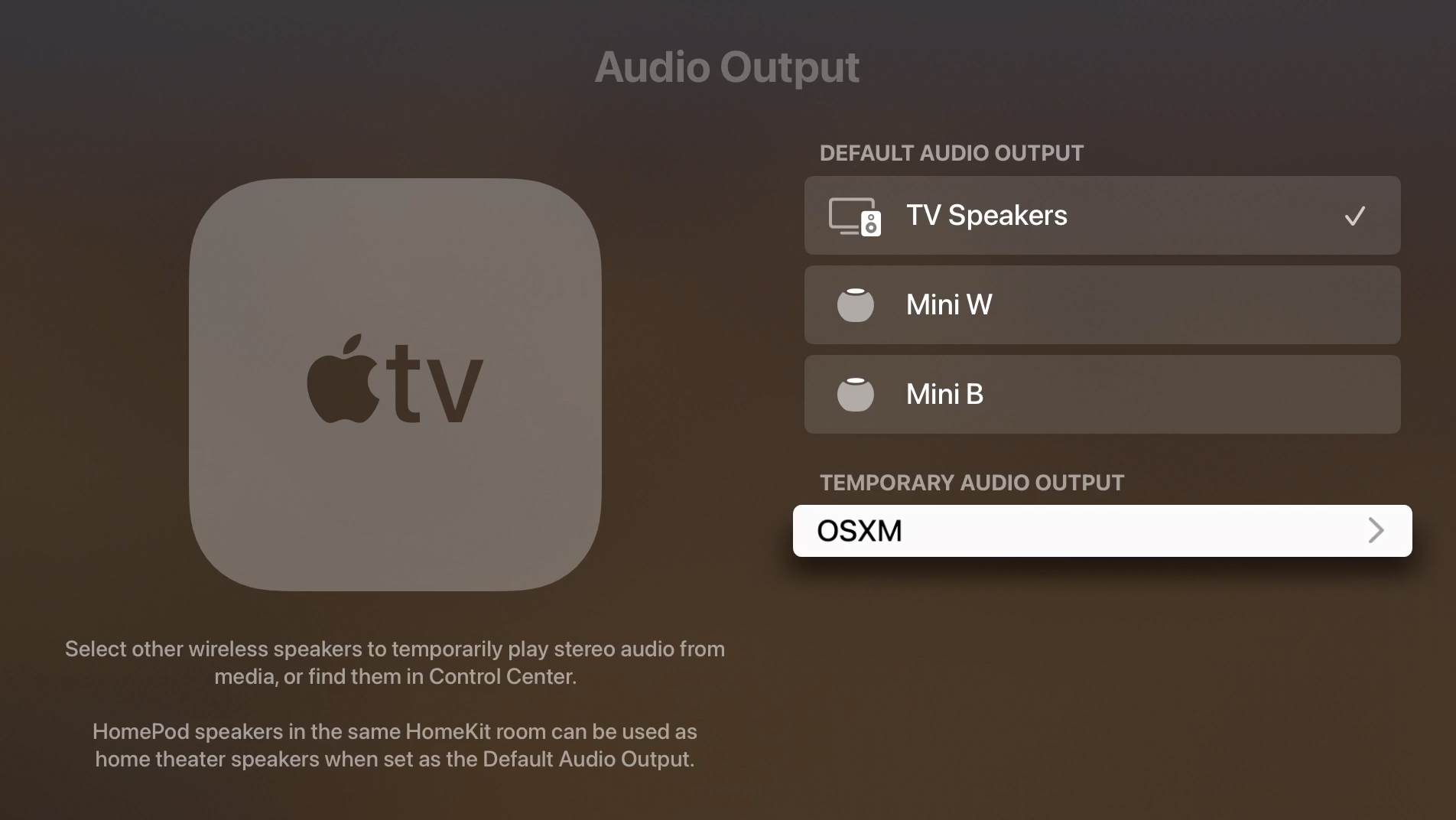
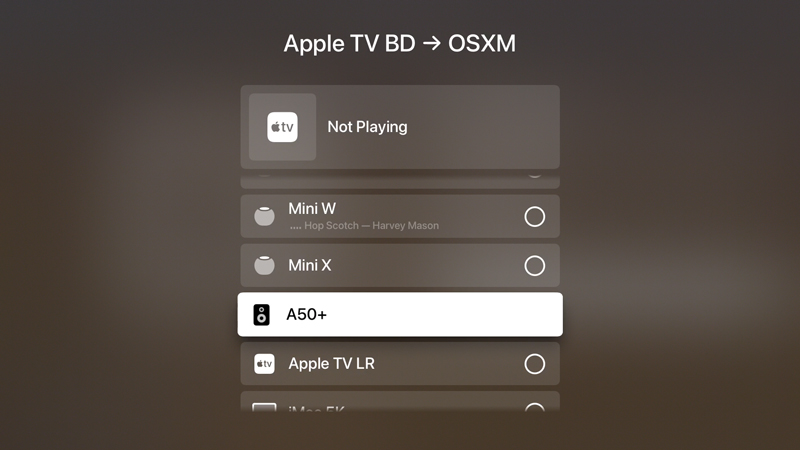
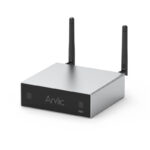
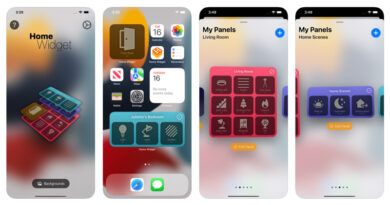


This ismore like a digital tuner and pre-amp, not an amplifier.
A pre-amp can’t power speakers, so this has to have an amplifier component.